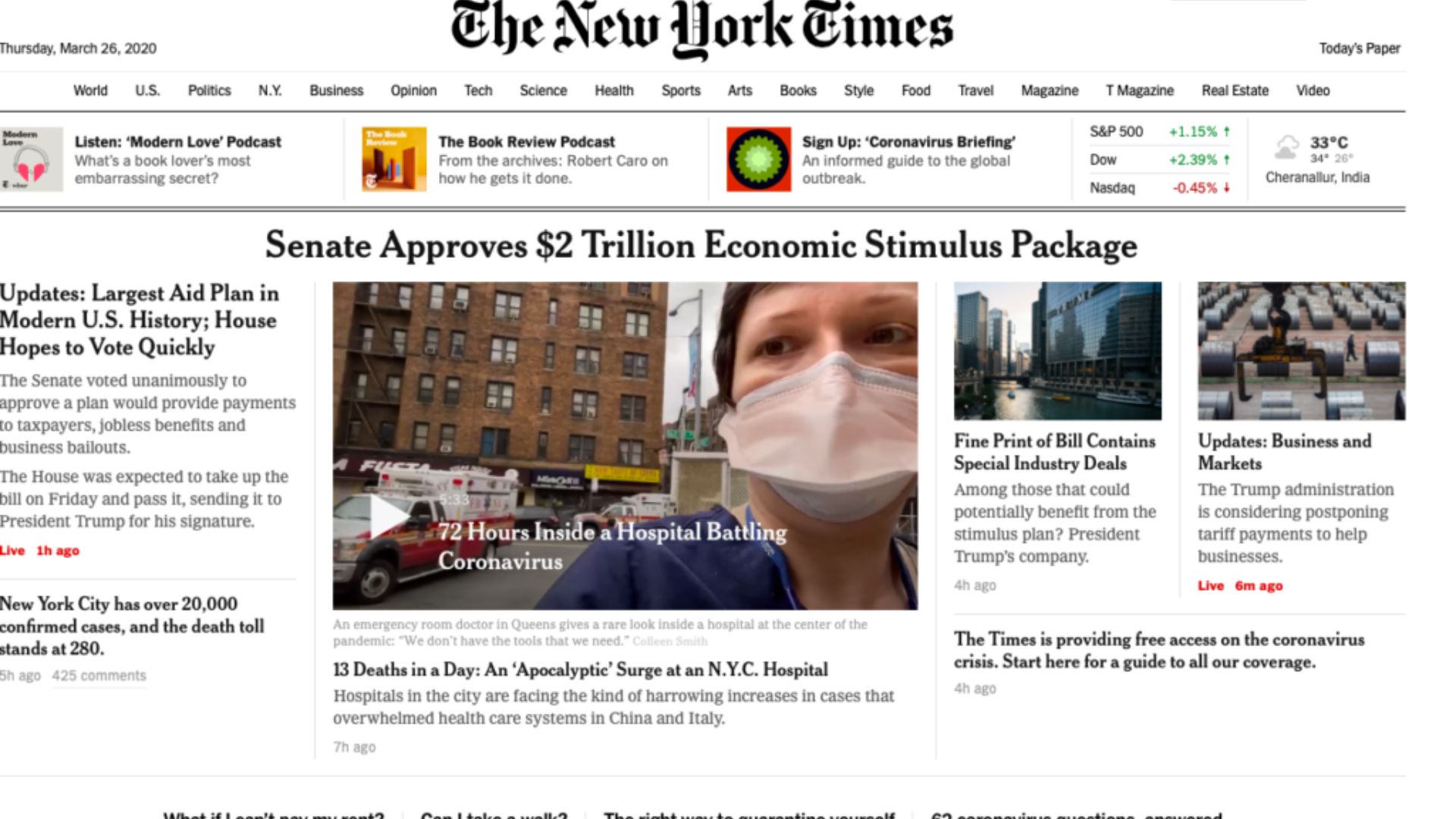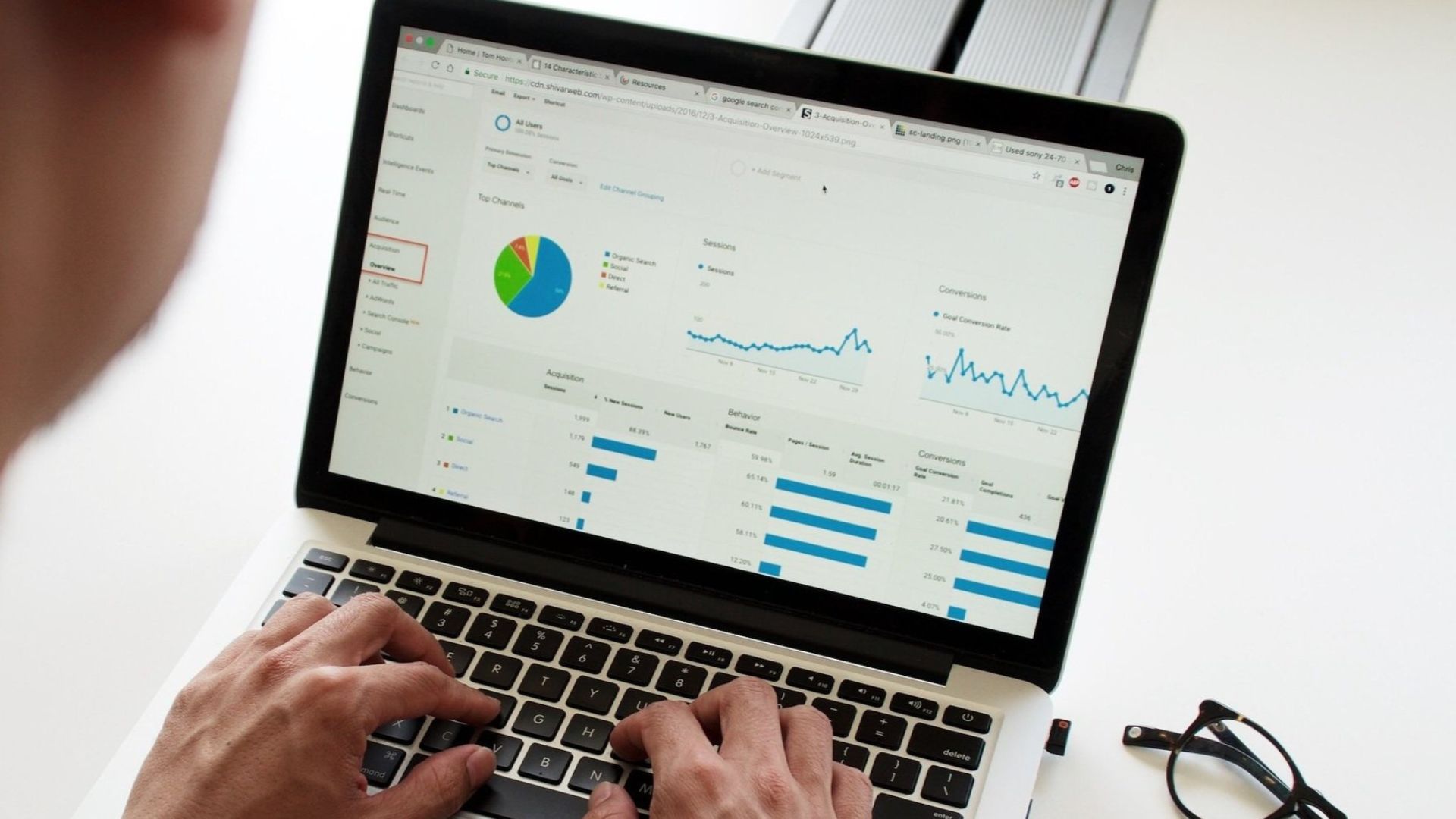Designing an effective FAQ (Frequently Asked Questions) page for your website is crucial for providing users with quick, helpful answers to common queries. Here are some tips to help you design an effective FAQ page:
- Clear and Organized Structure: Structure your FAQ page in a clear and organized manner, grouping related questions and answers together. Use headings, subheadings, or accordion-style menus to create a logical hierarchy and make it easy for users to navigate the content.
- Anticipate User Questions: Put yourself in the shoes of your users and anticipate the questions they may have about your product, service, or business. Address common pain points, clarifications, or specific inquiries that users commonly encounter. By proactively addressing these questions, you can save users time and provide them with helpful information upfront.
- Use Clear and Concise Language: Ensure that your questions and answers are written in clear and concise language. Avoid technical jargon or complex terminology that may confuse or alienate your audience. Use simple, plain language that can be easily understood by a wide range of users.
- Include a Search Functionality: Implement a search bar or search functionality on your FAQ page. This allows users to quickly find specific answers to their queries without having to scroll through the entire page. A search function enhances the user experience and saves time for users with specific questions in mind.
- Provide Relevant and Accurate Answers: Ensure that your answers are accurate, up-to-date, and relevant to the user’s query. Regularly review and update your FAQ page to reflect any changes in your business, product, or policies. Providing accurate and relevant information builds trust with your users and enhances their satisfaction.
- Visual Formatting: Use visual formatting techniques to make your FAQ page visually appealing and easy to skim. Use bullet points, bold text, or color-coding to highlight key points or important information within the answers. This makes it easier for users to quickly find the information they need.
- Add Supplementary Content: Consider supplementing your FAQ page with additional resources or links to related articles, guides, or videos. Some users may prefer more detailed information, and providing supplementary content expands their knowledge and understanding.
- Allow User Feedback: Consider including a section for users to provide feedback on the FAQ page. This can help you identify any gaps in information or address any further questions users may have. User feedback can be valuable in continuously improving and refining your FAQ page.
- Test and Iterate: Regularly test the effectiveness of your FAQ page and gather user feedback to identify areas for improvement. Monitor user behavior, such as the number of visits, bounce rates, or search queries, to understand user engagement and optimize the page based on data-driven insights.
By implementing these tips, you can design an effective FAQ page that addresses users’ common questions, provides helpful answers, and enhances the user experience on your website.










